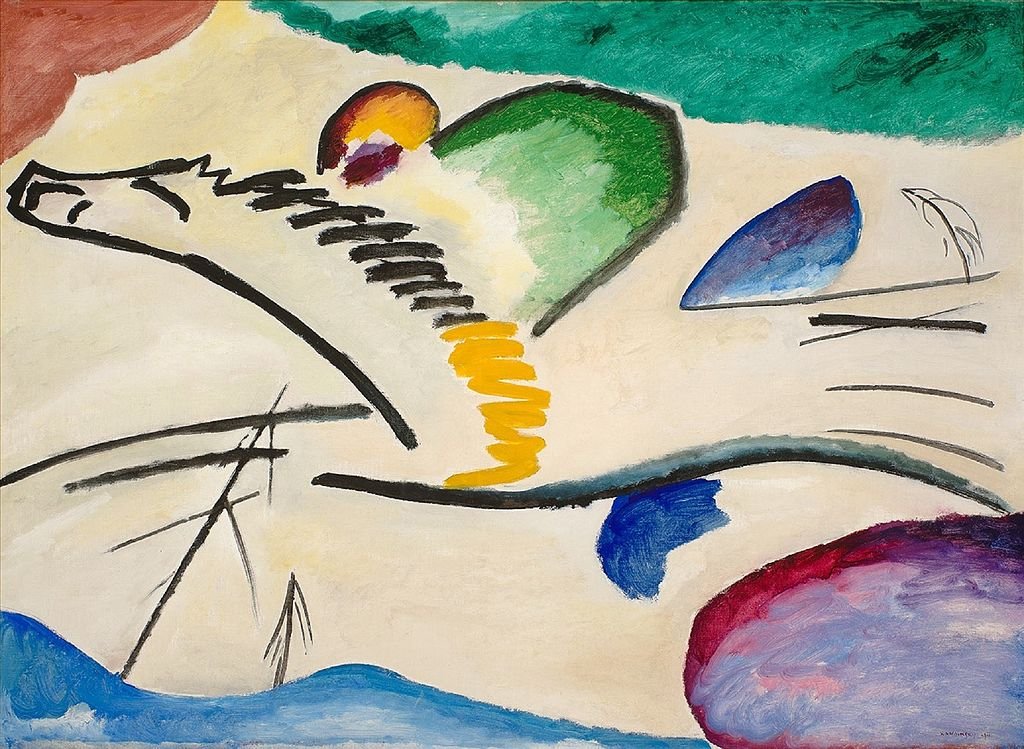*shuffles deck, draws card*
Modern and post-modern art?! (Yes, I'm dead serious).
I'm using "Labor Theory of Value" to describe value based not on a product's objective criteria, but derived in some general sense from the labor inputs. This is not just the gross amount of TIME spent, or EFFORT per se, but includes the value of the creator.
So if John makes Widget W, and Pierre also makes a Widget W, they cannot be distinguished absent some way of marking them or identifying them as such.
What that means is (deliberately!) vague from the LTV supporters. (and the details don't really matter all that much for this discussion.)
* more QUANTITY labor (i.e., less efficiency, which glorifies inefficiency)
* more QUALITY labor
* some characteristic/quality of the LABORER
(though, per above, the last 2 do not show up in Widgets as defined)
* something else?
As you all know, photography did not exist at all before about 1815, and for its earliest decades was basically useless in all but the most controlled conditions. .
It was far more difficult for the subject than a painted portrait, which the artist could stop and return to.
Oh, and there was no color either.
The best thing it could be used for was a realistic "still life" but given the cost of photography, what was the point of a black and white fruit bowl?
This wasn't just true in painting, but in sculpture as well.
Abstract art had not yet appeared.
Daguerre got real photos in 1839-40.
There were some developments in negatives over the next decade.
But things really took off in the 1850s-1900 period (Hence the "civil war" and "old west" photos).
Eastman developed film in 1884, with cameras for it released in 1888.
Maxwell (who else?) suggested how to do color photographs in 1855; theory became reality in 1861,
The Lumiere process reached market in 1907, and was the first commercially viable color system.
Kodachrome was introduced in 1935.
All of a sudden, the brushstrokes, color-mixing, palates, and techniques were largely worthless.
Anybody with enough money could capture reality more accurately than an artist.
There were several things that all occurred. I'll discuss some (this is not exhaustive)
The first & most obvious is that portrait painting became a luxury good, a way for the elite to distinguish themselves from masses
Other schools in which brushstrokes * the fact of it being a painting were emphasized followed suit.
(I'm being general, but the broader point is distinguishing output FROM reality).
The commoditization of photography Widgetized the traditional artist's output.
There is no longer comparative advantage in accuracy -- you're just a slower camera that can stylize.
The response wasn't to fight technology, or even to smear it as "inauthentic" and "modern" and "soulless" and industrial."
It was to redefine art and its goals.
No, art was now something that was produced by a Designated Artist.
If you can't compete on the product, say that the product doesn't matter.
And no "Artist" wants to be a glorified camera. Just like no patron wants on his wall what any body else could get without too much trouble from such a camera.
So far, in fact, that what you're doing is completely indistinguishable not from photographs, but from garbage.
That's why you have ACTUAL TOILETS as "Art."
Or bizarre shit like Chris Burden shooting his own arm.
Only by the bullshit LTV do they have any value -- & the value is who made them.
It isn't paint splatter, it's POLLACK.
It's not a toilet, it's Duchamp!
There's no other way it has value, in many cases, because the output is objectively ugly or garbage or worse.
But by the hands and intent of an Artist, it becomes Art.
No, it was disparaging, as in "Wright was not an artist because he only spent two hours drawing up the sketches for his most famous work."
He wasn't enough of an "Artist", so let's shit on his talent.
Fuck that.
The product speaks for itself.
It has crippled, if not ruined, aesthetics.
You get slices of it every time you buy a product that's "union made" or "artisanal" or "local" regardless of its objective qualities.














